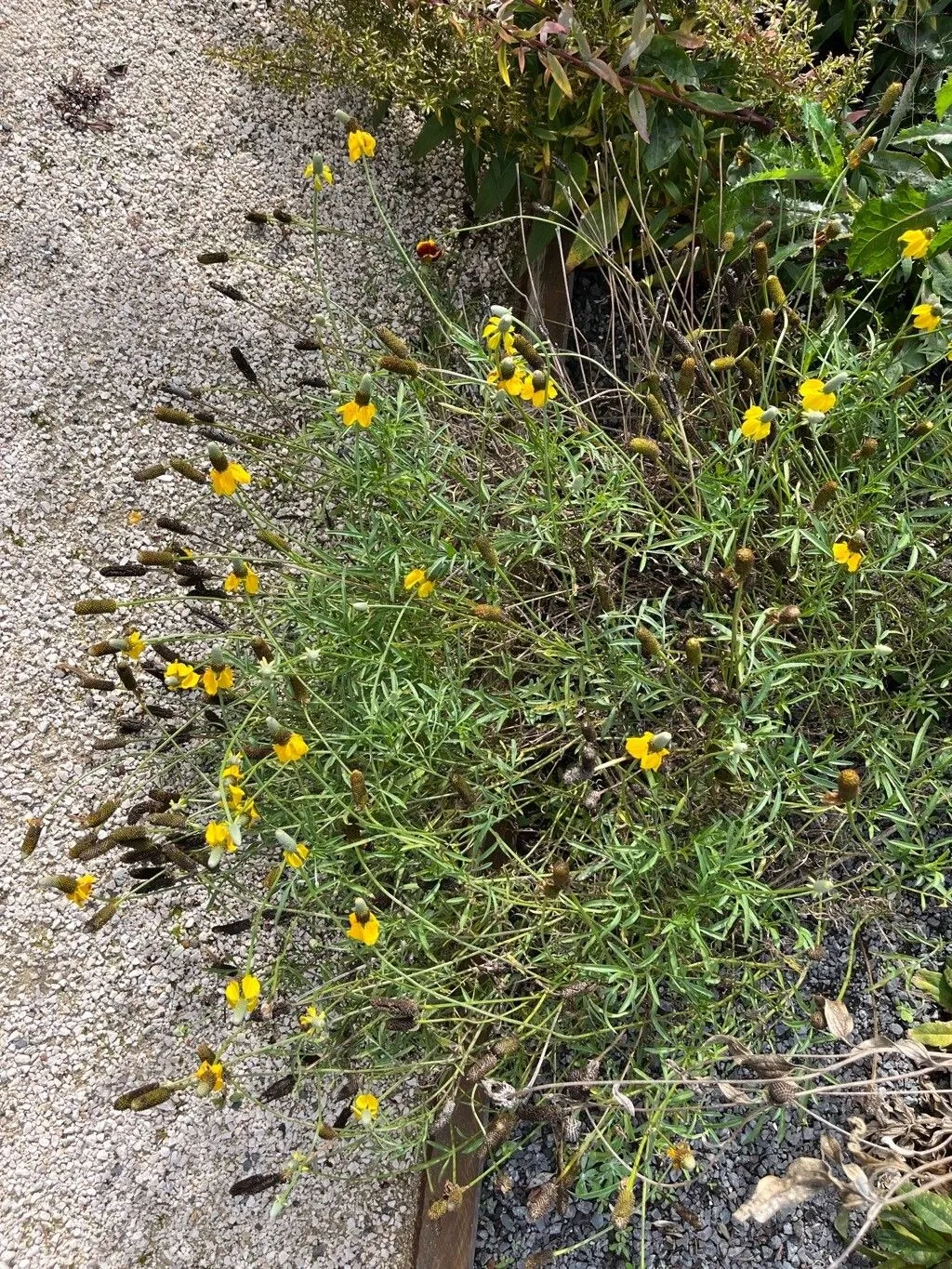
Author: (Nutt.) Wooton & Standl.
Bibliography: Contr. U.S. Natl. Herb. 19: 706 (1915)
Year: 1915
Status: accepted
Rank: species
Genus: Ratibida
Vegetable: False
Observations: Canada to Mexico
The Longhead-coneflower, scientifically known as Ratibida columnifera, stands as a striking member of the Asteraceae family. This hardy perennial, often admired for its distinctive and elongated cone-shaped flower heads, thrives across a diverse range of climates and has a natural habitat extending from the expanses of Canada all the way down to the warmth of Mexico.
First described in a botanical context in 1915 in the Contributions from the United States National Herbarium, Ratibida columnifera was recognized by authors Wooton and Standley, building upon the initial classification by Nuttall. The plant’s resilient nature is evidenced by its wide geographical distribution, showcasing its adaptability to varying environmental conditions.
Often found gracing prairies, meadows, and roadsides, the Longhead-coneflower is easily identifiable by its slender, drooping yellow to reddish-brown petals surrounding a tall, central cone. This unique floral structure not only adds vertical interest to wildflower assemblages but also supports local ecosystems, providing nectar for a variety of pollinators.
As a member of the Asteraceae family, Ratibida columnifera is closely related to other coneflowers and daisies, sharing similar botanic features such as composite flower heads and a preference for well-drained soils. Gardeners and naturalists alike appreciate this species for its aesthetic appeal and its role in native plant gardens, restoration projects, and pollinator habitats.
The Longhead-coneflower continues to captivate those who study and observe it, standing as a testament to the diverse and resilient flora of North America.
Eng: mexican-hat, longhead-coneflower, prairie coneflower, prairie-coneflower, redspike mexican hat, redspike mexican-hat, thimble-flower, upright prairie coneflower, upright prairie-coneflower, long-head coneflower, long-headed coneflower, red-spike mexican-hat, yellow prairie coneflower
Deu: länglicher präriesonnenhut
Swe: mexikohatt
Fra: ratibida en colonne
En: Longhead-coneflower, Prairie-coneflower, Redspike Mexican-hat, Thimble-flower, Mexican-hat, Upright prairie-coneflower, Prairie coneflower, Long-Headed Coneflower, Mexican Hat, Yellow Mexican Hat, Prairie Mexican-hat, Prairie coneflower (upright), Redspike mexican hat, Upright prairie coneflower, Long-head coneflower, Red-spike Mexican-hat, Yellow prairie coneflower
Fr: Ratibida en colonne
De: Länglicher Präriesonnenhut
Sv: Mexikohatt
Taken Jun 25, 2021 by Wing Deborah (cc-by-sa)
Taken Jul 15, 2020 by Kevin Ameling (cc-by-sa)
Taken Apr 15, 2018 by Leonardo Sastré (cc-by-sa)
Taken Jun 30, 2020 by Euk Lipta (cc-by-sa)
Taken Jul 13, 2019 by Katie Deacon (cc-by-sa)
Taken Sep 21, 2021 by Emma Niven (cc-by-sa)
Taken Jul 31, 2021 by Paige Conner (cc-by-sa)
Taken Jul 31, 2021 by Paige Conner (cc-by-sa)
Taken May 8, 2020 by Bre Bitz (cc-by-sa)
Taken Jul 29, 2022 by Sierra Johnston (cc-by-sa)
Taken Oct 23, 2022 by Werner Rom (cc-by-sa)
Taken Mar 28, 2022 by Sofia Eichelmann (cc-by-sa)
Taken Jun 14, 2022 by Pekula CZ (cc-by-sa)
Taken Sep 26, 2021 by simard qu marc (cc-by-sa)
Taken Mar 28, 2022 by Sofia Eichelmann (cc-by-sa)
© copyright of the Board of Trustees of the Royal Botanic Gardens, Kew.
© copyright of the Board of Trustees of the Royal Botanic Gardens, Kew.
Growth form: Single Crown
Growth habit: Forb/herb
Growth rate: Moderate
Ph maximum: 7.0
Ph minimum: 5.9
Family: Myrtaceae Author: (F.Muell.) K.D.Hill & L.A.S.Johnson Bibliography: Telopea 6: 402 (1995) Year: 1995 Status:…
Family: Rubiaceae Author: Pierre ex A.Froehner Bibliography: Notizbl. Bot. Gart. Berlin-Dahlem 1: 237 (1897) Year:…
Family: Sapindaceae Author: Koidz. Bibliography: J. Coll. Sci. Imp. Univ. Tokyo 32(1): 38 (1911) Year:…
Family: Asteraceae Author: A.Gray Bibliography: Pacif. Railr. Rep.: 107 (1857) Year: 1857 Status: accepted Rank:…
Family: Fabaceae Author: Medik. Bibliography: Vorles. Churpfälz. Phys.-Ökon. Ges. 2: 398 (1787) Year: 1787 Status:…
Family: Aspleniaceae Author: (Cav.) Alston Bibliography: Bull. Misc. Inform. Kew 1932: 309 (1932) Year: 1932…